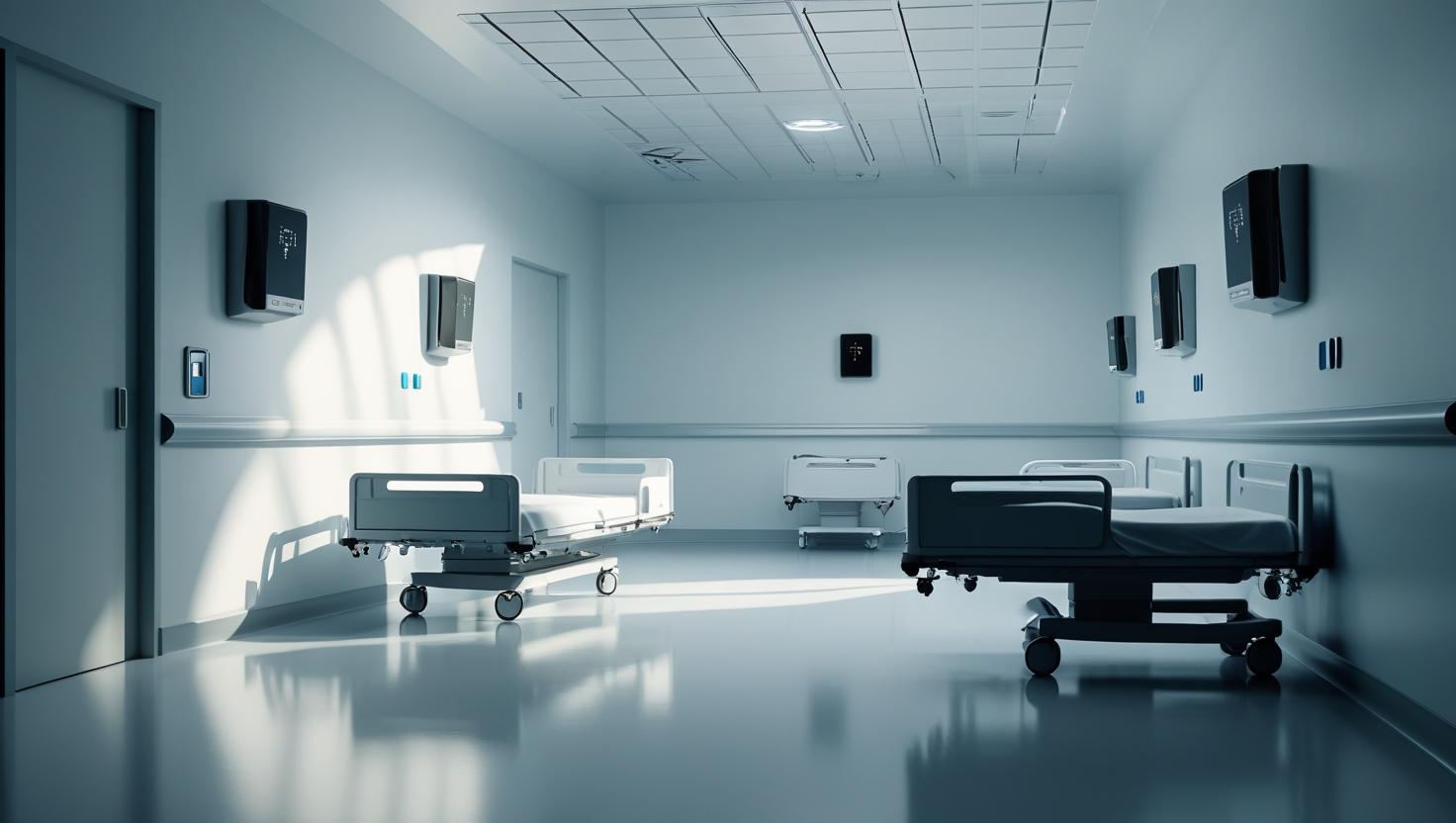
Transforming Patient Care with Non-Contact Radar Sensing Technology
Why Healthcare Needs Contactless Monitoring Now
In hospitals, nursing homes, and even private residences, continuous monitoring of vital signs is critical — but often hindered by discomfort, hygiene risks, and limited coverage. Traditional methods like wearable ECG patches or camera-based systems introduce challenges such as skin irritation, patient compliance, and privacy concerns.
Non-contact radar-based vital sign monitoring offers a compelling alternative: it quietly detects respiration, heart rate, and body movement without touching the patient. This breakthrough enables long-term, passive observation without compromising comfort or dignity.
How Human Detection Radar Enhances Real-Time Monitoring
Using millimeter-wave radar (mmWave) and advanced signal processing algorithms, human detection radars can accurately identify micro-movements in the chest caused by breathing and pulse, even through bedding or light clothing. This enables real-time health tracking in settings like:
-
ICU or critical care wards
-
Sleep labs and home sleep monitoring
-
Elderly care or dementia wards
-
Neonatal monitoring units
Compared to infrared or visual systems, mmWave radars are immune to lighting changes and preserve user privacy — an essential feature for patient-centered care environments.
Fall Detection and Presence Awareness
Beyond vital signs, human detection radar can identify if someone is present in a room, standing, lying down, or has fallen — critical in elderly care facilities or home healthcare systems. For example, Linpowave’s radar modules are already deployed in smart hospital beds and wall-mounted monitors to enable automatic alerts during emergencies like patient falls or respiratory distress.
Unlike PIR sensors or floor mats, radar solutions don’t require movement to confirm presence, allowing for more responsive and accurate monitoring.
Choosing the Right Radar for Your Healthcare Application
Different scenarios call for different configurations. Here's how to choose:
| Use Case | Recommended Radar Type | Key Benefit | Traditional Alternatives |
|---|---|---|---|
| ICU Patient Monitoring | High-sensitivity mmWave | Accurate vitals through bedding | Wearables (risk of detachment) |
| Elderly Fall Detection | Wide-angle presence radar | Real-time fall detection, contactless | Floor sensors, cameras |
| Neonatal Monitoring | Ultra-low power radar | Safe for infants, continuous tracking | ECG patches (discomfort) |
| Sleep Studies | Multi-zone radar array | Tracks movement patterns + vitals | Cameras (privacy issue) |
Each radar type can be tailored in detection range, field of view, and signal processing sensitivity, making the system scalable across hospital beds, home health units, and even wearable-adjacent devices.
Key Questions About Radar in Healthcare
1. Is radar sensing safe for long-term use near patients?
Yes. mmWave radar operates with extremely low energy, much lower than cell phones or Wi-Fi, making it safe for continuous, close-range use.
2. Can radar replace ECG or pulse oximeters?
Not entirely — but it complements them, especially in passive or long-term monitoring where wearables are impractical.
3. What’s the detection range of human detection radar?
It depends on the module design, but typical setups can monitor within 1–5 meters, suitable for bed-level and room-level detection.
4. Does clothing or bedding affect accuracy?
Minimal interference occurs. mmWave signals penetrate most non-metallic materials, maintaining reliability.
5. How is patient privacy protected?
Radar detects motion and breathing patterns without capturing images or sounds — ideal for privacy-sensitive environments.
Radar Technology Is Changing Healthcare at Its Core
As healthcare systems aim to reduce manual workload, improve early warning capabilities, and enable remote patient monitoring, radar technology emerges as a scalable, contactless solution. Linpowave’s human detection and non-contact sensing radars are already supporting smarter care facilities and connected home-health systems — proving that passive sensing doesn’t mean passive performance.
To learn more about our radar sensing solutions or explore partnership opportunities, visit our homepage or contact us here.



